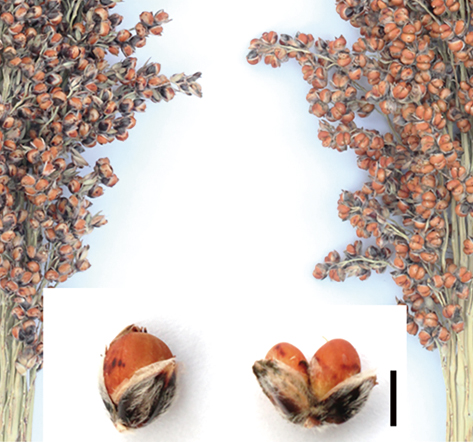Sorghum, a drought-resistant cereal crop crucial for global food security, typically produces single seeds per spikelet. A team of researchers from the Institute of Genetics and Developmental Biology (IGDB) of the Chinese Academy of Sciences and the Sun Yat-sen University in Guangzhou recently identified a genetic mechanism that enables some varieties to develop double-grain spikelets, significantly boosting yields. By analyzing three genetic populations, scientists traced this trait to a 35.7-kilobase chromosomal inversion activating DG1—a gene that encodes a protein regulating floral meristem development.
The 35.7-kilobase inversion at the DG1 promoter reduces repressive histone marks, ramping up the gene’s expression. This prevents lower florets from aborting, allowing two grains per spikelet instead of one. Field trials showed DG1-enhanced sorghum increased grain count by 40% to 46% per panicle and raised total yield by 10% to 14%, with no adverse effects on plant growth or flowering. Notably, the smaller grains linked to DG1 have higher heat resistance and surface area—traits prized by China’s liquor giants like Moutai and Wuliangye for brewing. The gene offers a dual benefit: higher yields for food security and optimized raw materials for industrial use.

Representative mature panicle and spikelet morphology of single-grain and
double-grain. (Graphic: Adapted from Zhang et al., 2025)

